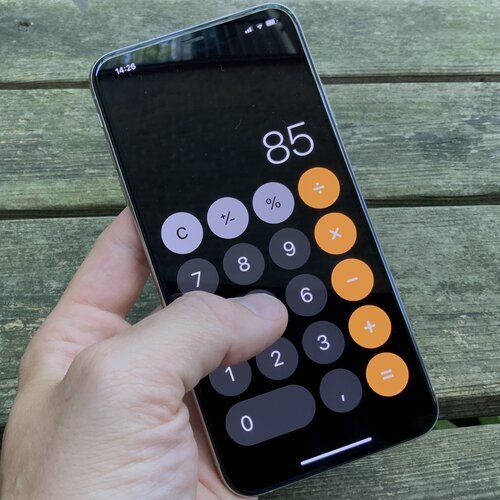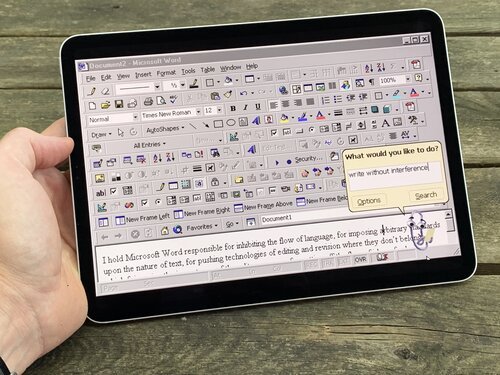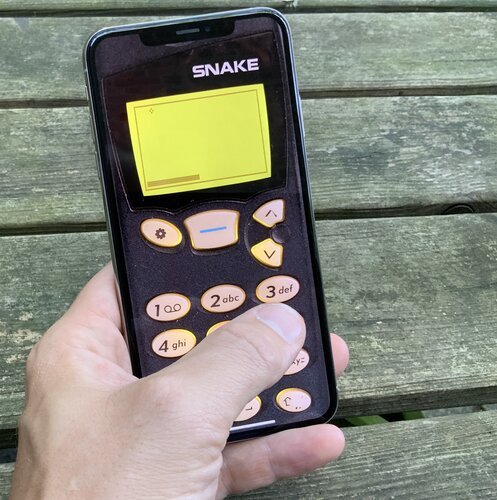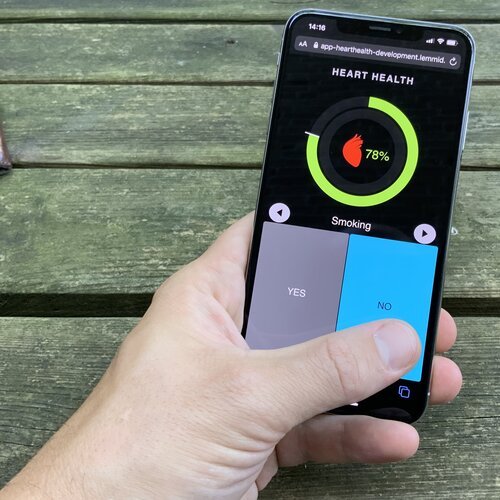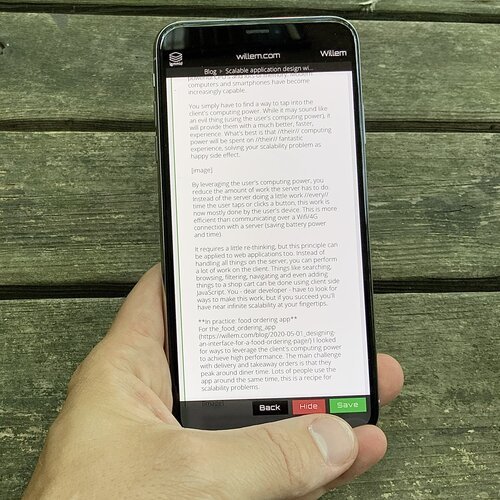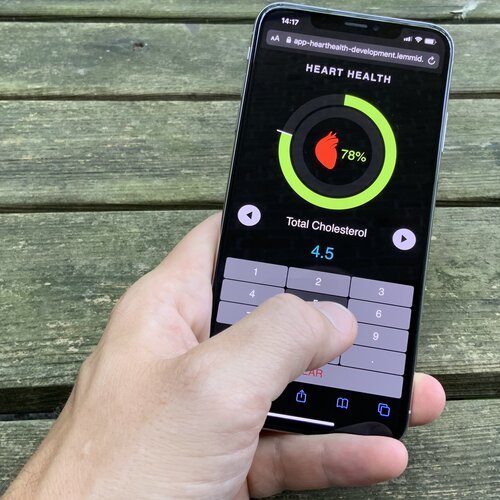Best practices for touch screen user interface design
Creating intuitive natural interfaces
June 24, 2020 - Willem L. Middelkoop
Past weeks I have been working on a new app involving personal health. The main challenge is to come up with an intuitive, natural interface that works well on small touch screen devices. But what is it that makes an touch screen interface any good? Read along for some best practices.
Continue reading